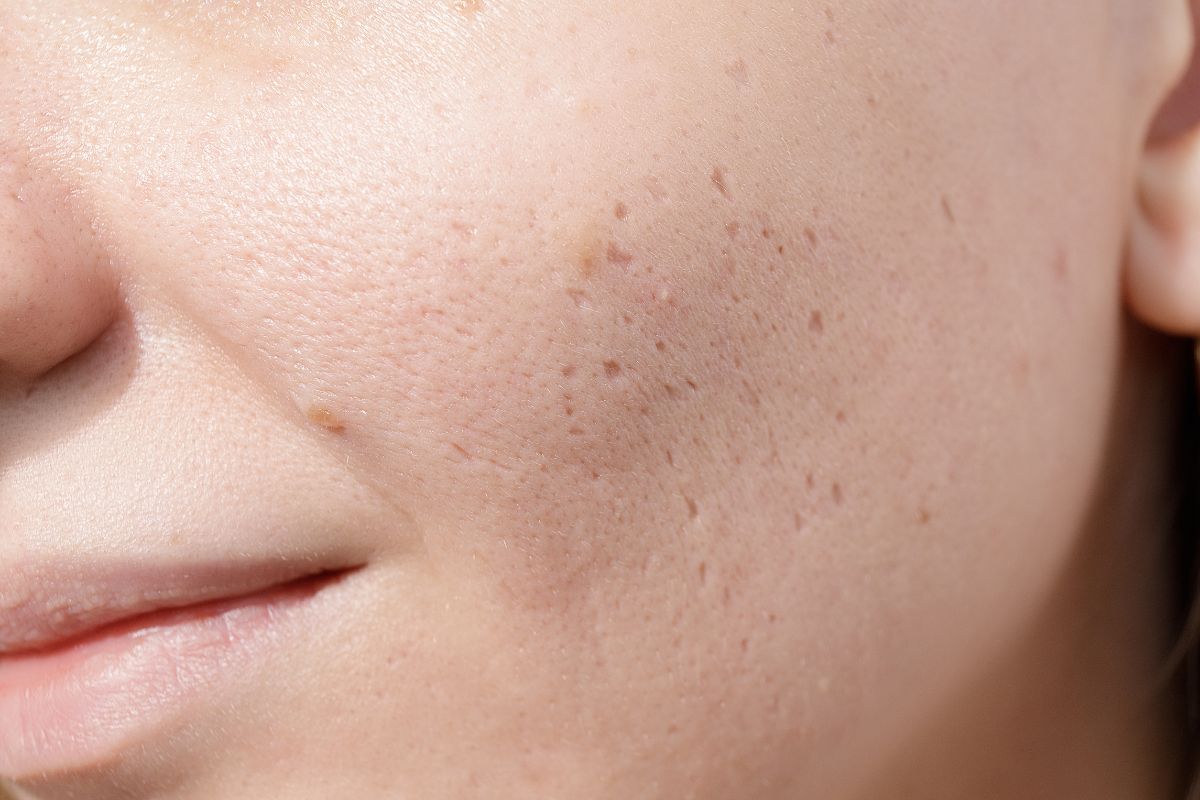About Acne Scarring
Scarring is the main complication of acne and results from disorganized production and deposition of collagen around inflamed skin follicles, resulting in visibly depressed scars. It can affect up 95% of patients with acne or 10% of the population. Genetic factors, acne severity and delayed treatment are the main causes of permanent scarring. It is very common and can lead to reduced quality of life, as well as being a risk factor for depression, anxiety, and poor self-
esteem. Early treatment of active acne is the best way to prevent acne related scarring.
The approach to treatment involves often involves multiple modalities to achieve consistent results due to the variations in scar type and severity present. Most patients require multiple treatments for broad areas of scarring. For effective scarring treatment there must be stimulation of collagen synthesis, but also reshaping of the deep skin layers.
Scar classification is important as it helps to guide the treatment options. There are 3 main categories of acne scars:
1. Atrophic Scars
Ice Pick Scars (60-70%) are narrow, V shaped scars, less than 2 mm in diameter that have a sharp margin that extends vertically into the skin. This makes them more resistant to conventional skin resurfacing options.
Rolling Scars (15-25%) are wide and may reach 5 mm in diameter. They are characterized by tethering of the skin to the tissue underneath and have an irregular rolling or undulating
appearance.
Boxcar Scars (20-30%) are wider (1.5-4 mm), U shaped scars with sharp vertical edges that extend 0.1-0.5 mm into the skin. Shallow scars are amenable to skin resurfacing treatments whereas deeper scars are more resistant to superficial treatments.
2. Hypertrophic Scars
These are more commonly found on the chest and shoulders. They are typically raised and firm scars that remain within the border of the original site of injury. They represent a net gain of collagen in the healing process.
3. Keloid Scars
These usually form as reddish-purple papules and nodules that extend beyond the borders of the original wound. They represent a net gain of collagen in the healing process.
It may be difficult to differentiate between the different types of scars and different types of scars may be present in the same patient.
Treatment can be split into energy and non-energy-based techniques. Combination therapies are more effective than solo treatments because patients typically have different types of scars. Most patients require treatment plans individually tailored to the type of scars that are present.
Energy Based Techniques
Intense Pulse Light (IPL)
This treatment is beneficial for targeting redness if present. Multiple treatments may be necessary to get complete clearing of redness. This treatment also induces collagen remodeling which can improve the depressed appearance of scars. Learn more about IPL here.
Non-Ablative Laser (ResurFX™️)
This laser causes thermal injury to the lower layers of the skin while preserving the top layer which limits the side effects and recovery time. The thermal injury ultimately stimulates lost collagen and elastin. Non-ablative lasers have been found to be useful for all types of atrophic
scars. Learn more about ResurFX™️ here.
Non-Energy Based Techniques
Skin Products
Topical retinoids are synthetic Vitamin A derivatives which include retinol and retinoic acid. They increase collagen synthesis as well as prevent its degradation.
Microneedling
Involves puncturing the skin multiple times with tiny needles using an electric pen. This creates micro-channels that penetrate the dermis leading to increased collagen and elastin, collagen remodeling, and thickening of the dermis. This type of treatment is especially effective for atrophic scars. These microchannels can also be utilized to deliver topical agents like Platelet Rich Plasma (PRP) that can further improve the cosmetic result.
Biostimulatory Agents
Radiesse®️ and Sculptra™️ are both types of dermal fillers with exceptional collagen promoting effects. They are fanned under the skin in the area of scarring. They are often combined with subcision for improved results. The results can last up to 2 years. They are beneficial for rolling atrophic scars.
Hyaluronic Acid Dermal Filler
Involves injection of hyaluronic acid filler under the skin to increase volume in and around the scar to even out skin texture and overall contour. The results are immediately seen and last 6-12 months. Hyaluronic acid has some bio-stimulating properties so the placement of small amounts in the scar also stimulates regeneration of collagen. This is often used for isolated rolling or boxcar scars that remain after generalized scar treatment.
Subcision
This is a non-operative technique that involves a sharp or blunt needle being inserted under the skin and moved in a fanning motion to split the fibrous bands and release the adhesion between the epidermis and the dermis. This allows for new tissue formation that will help to elevate the depressed surface of scars. A local anesthetic is used to reduce pain during the procedure. This can be combined with Platelet Rich Plasma (PRP), Platelet Rich Fibrin (PRF), Radiesse®️, or Sculptra™️ for improved results. This treatment is mainly used for rolling atrophic scars but can also improve deep boxcar and ice pick scars.
Punch Excision
Punch excision is used for isolated icepick and small boxcar scars. After injecting local freezing a small punch instrument is used to remove the scar. A small suture may be placed after the excision to aid in the healing process.
Corticosteroid Injections
Several corticosteroids can be used for the treatment of hypertrophic and keloid scars. Injections are done into the scar to reduce the volume, height, firmness, pain, and itching. Treatments can be repeated every 4-6 weeks until the symptoms diminish, and the scar flattens.








